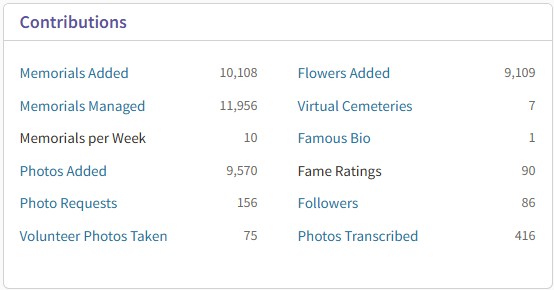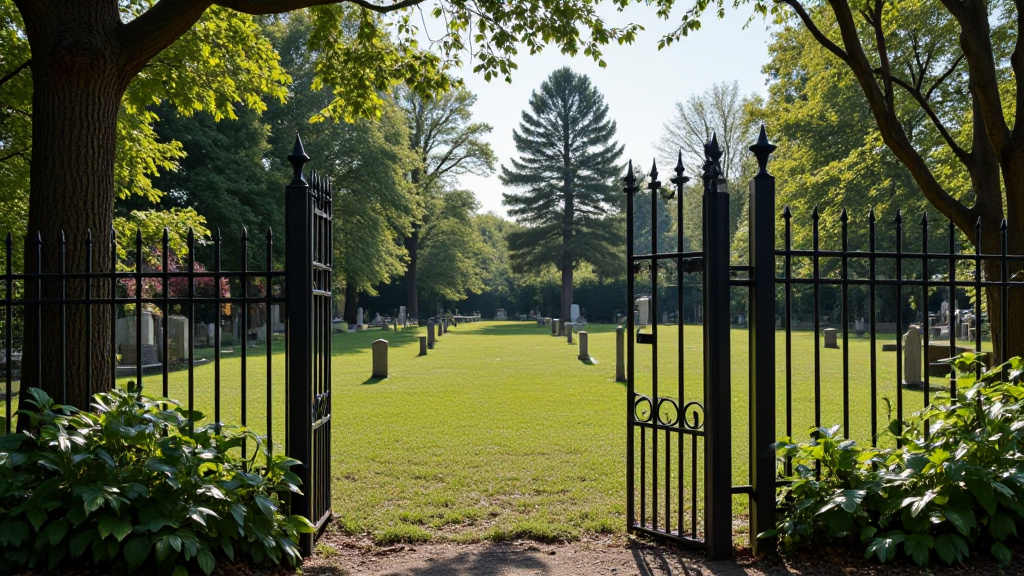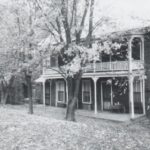Genealogy is the study of where we come from, but it ultimately leads to our acknowledgement that we all wind up in the same place. We must come to terms with our own mortality if we are going to spend time studying the lives (and deaths) of those who came before us. One unavoidable fact: at some point in time someone will have to do something with your remains. Some of us prepare for this eventuality, while some don’t, and this can certainly be the determining factor in how your final resting place reflects your legacy. For centuries this meant burying a body in the ground and marking the place of burial with some kind of memorial to that person. Traditionally, this was a marker made of durable material, such as bronze or stone, with a person’s name and and other vital information engraved upon it, with the intent of projecting this small amount of information far into the future.
These methods have been generally successful, and have certainly been a boon to genealogists everywhere. But who hasn’t visited an old cemetery and found headstones that are either missing or no longer legible? What is a researcher’s recourse then? There may be records available elsewhere, of course, recorded by a church, a government, or the sexton of the cemetery itself. But the point of this post is to highlight how all of these methods are evolving in our current digital age. We can no longer assume that the physical location of a person’s remains is a grave plot in the ground somewhere, and likewise the circumstances of their burial may not be recorded by an authoritative source as those mentioned above. We now live in a world where people may choose not to be buried at all: they might be cremated, with their ashes scattered in a public place, or they might donate their body to science, and it might never occupy a cemetery plot. Also, the public records of these deeds may only exist on the internet, if they exist at all.
This year is the 30th anniversary of the website known as FindAGrave.com and if you have not heard of it, you should probably become familiar with it, because one day it (or a site like it) may be the only way that your descendants (and your biographers) are able to “visit” your grave, in a virtual cemetery that could include the entire world. It is easy to see how the cultural norms and rituals surrounding death could continue to evolve to the point where people aren’t buried anymore. Once a person is gone, they don’t take up physical space at all – they simply occupy a few thousand bytes on a server in the cloud. That will be your legacy. Literally. The website Legacy.com already holds a virtual monopoly on the business of publishing obituaries, with partnerships in place with almost every major newspaper in America (a medium that struggles with its own mortality on a daily basis, it should be noted). So how far are we from a future where the only trace of a human being’s existence on planet Earth is a few paragraphs written by a family member, coupled with a photo or two, uploaded to some random data center? I won’t comment on whether or not this is a desirable outcome, except to say that it is a double-edged sword to a genealogist. On the one hand it is a dream come true to have a centralized database of death records and family biographies for every person who has ever lived, but on the other hand it is a complete nightmare when the owner of that database goes out of business during the next financial crisis, leaving all future generations in the dark about who their ancestors were.
But in this race to save genealogical data there is a wild card that cannot be discounted, because if you spend any time at all looking at the memorials of your ancestors on FindAGrave, you will soon learn that the vast majority of the information collected and stored on their site is put there by an army of dedicated volunteers who donate their time to catalog the contents of thousands upon thousands of cemeteries across the US (as well as many other countries). At the bottom of the page for every memorial, you will find a link to the page’s original creator. Click that link to view the creator’s profile and you might see something like the figure below.

For example, this one person has created over 10,000 memorials on the site! It should be noted that each memorial involves making an entry in the database for a specific cemetery, to include the name of the deceased, their vital dates, and in many cases the connections to other existing graves for spouses or other relatives. So it really makes you wonder what motivates them, because this represents a monumental effort (no pun intended) by these amateur genealogists who are not being paid for their time. Could it simply be their altruistic nature and their dedication to making the difficult hobby of genealogy a little easier for those around them? When I reached out to one of them, to thank them for their hard work and dedication, they responded:
You are very welcome! I have worked since 2013 in keeping of the memorials in this cemetery as both my wife and I have relatives buried in it, plus we have our plot in it also.
The future is impossible to predict, of course, but our Foundation is betting on the dedication of these volunteers and the longevity of these digital records. So we have recently worked with FindAGrave to request ownership of a number of memorials for members of our family, and we are now going through the process of updating these memorials, with photos of the deceased and biographical sketches, which are now visible in our virtual cemetery. We invite all of our readers to take time to use these valuable resources and search for your own ancestors. If you do happen to find something interesting recorded in one of these memorials, be sure to contact the creator and thank them for their time.



